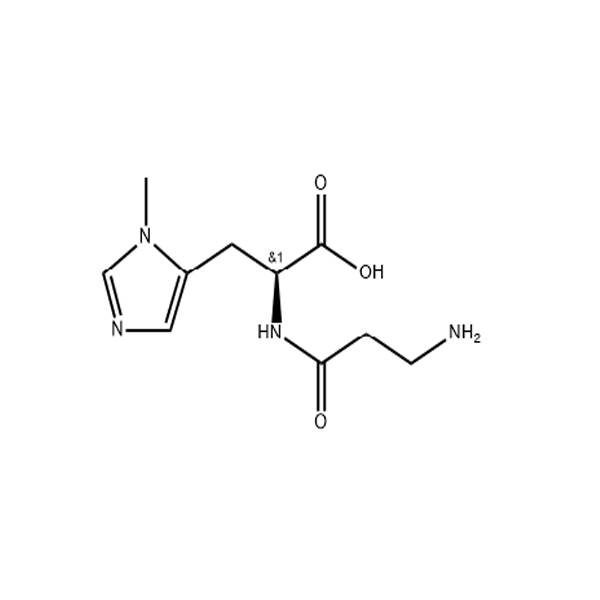Gout is a kind of inflammation. Due to the disorder of purine metabolism, the concentration of uric acid in the blood of the human body is too high, which leads to the excessive reaction of the body’s immune system and causes pain. Most of the affected sites are toes, fingers, knees and so on. The majority of gout patients are middle-aged men aged 30-50 years, and only 5% are women. In recent years, gout patients show a trend of younger age.
Usually, uric acid is excreted from the urine through the kidneys. But if there are too many purines, uric acid can accumulate in the body. Upon accumulation to a certain concentration, uric acid crystals precipitate. Crystals produced at the joints can cause gout. Gout usually starts on the big toe or dorsum of the foot and gradually spreads to the other joints.
Purines are substances present in the human body and play an important role in energy supply, metabolic regulation, and coenzyme composition.
A novel functional material, Anserine, can effectively control uric acid.

1. It can inhibit the production of excessive uric acid.
“HPRT enzyme (hypoxanthine phosphoribosyltransferase)” acts as a recycling enzyme, increasing its amount before the purine is broken down into uric acid. Return to the purine state again in order to achieve the effect of inhibiting excessive production of uric acid.
2. Help to remove uric acid from the body and reduce uric acid content.
Excessive accumulation of lactic acid in the body due to excessive alcohol consumption and physical fatigue can block the excretion of uric acid. Anserine can increase the amount of lactate dehydrogenase (LDH) that metabolizes lactic acid, and reduce the competitive inhibition of renal tubular excretion of uric acid by promoting the metabolism of lactic acid in the body, so as to achieve the effect of uric acid excretion.
If uric acid is likened to “water in a tank”, anserine is “water regulation device”. Adjust the concentration of uric acid, drain water in time, and maintain the water level of uric acid storage pool.
Results of studies on uric acid reduction by anserine.
Thirty-one adult male subjects with serum uric acid (6.5~8.0mg/dl) were divided into two groups. One group received anserine capsules (50mg daily) and the other received placebo capsules. Medication was administered for 4 weeks.
The results of the study showed that for those taking anserine, the uric acid values tended to decrease after two weeks of taking anserine compared with those before taking anserine. In addition, there was a significant decrease in uric acid values during the two weeks following the medication compared to the pre-medication period.
One group receiving placebo, as shown in the figure, also showed a temporary response to improve symptoms compared to before administration due to the psychological effects of the drug. However, the curve decreased significantly in the anserine group compared with the anserine group, thus indicating the unique effect of anserine itself on reducing uric acid.
Post time: Dec-31-2024
